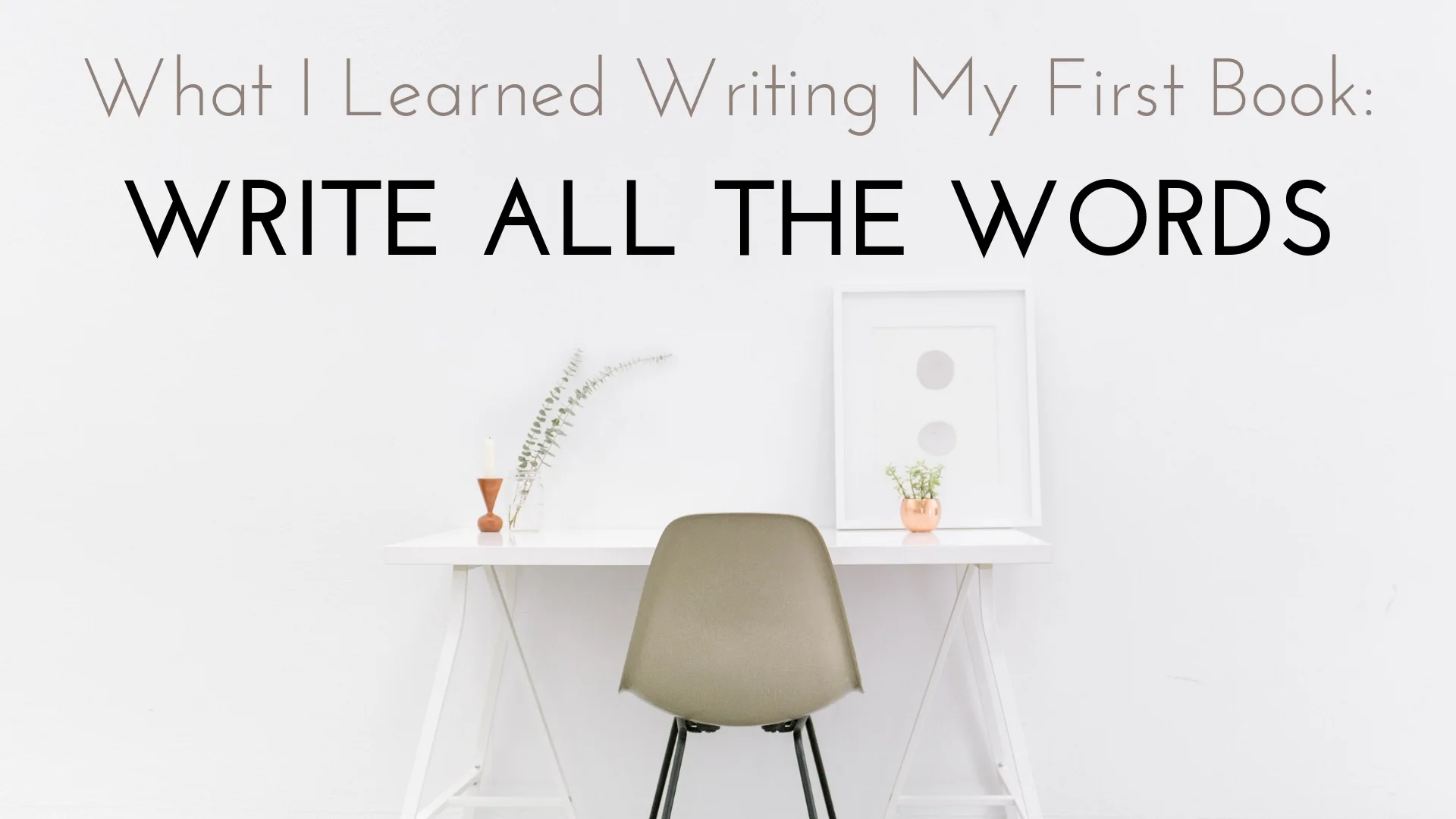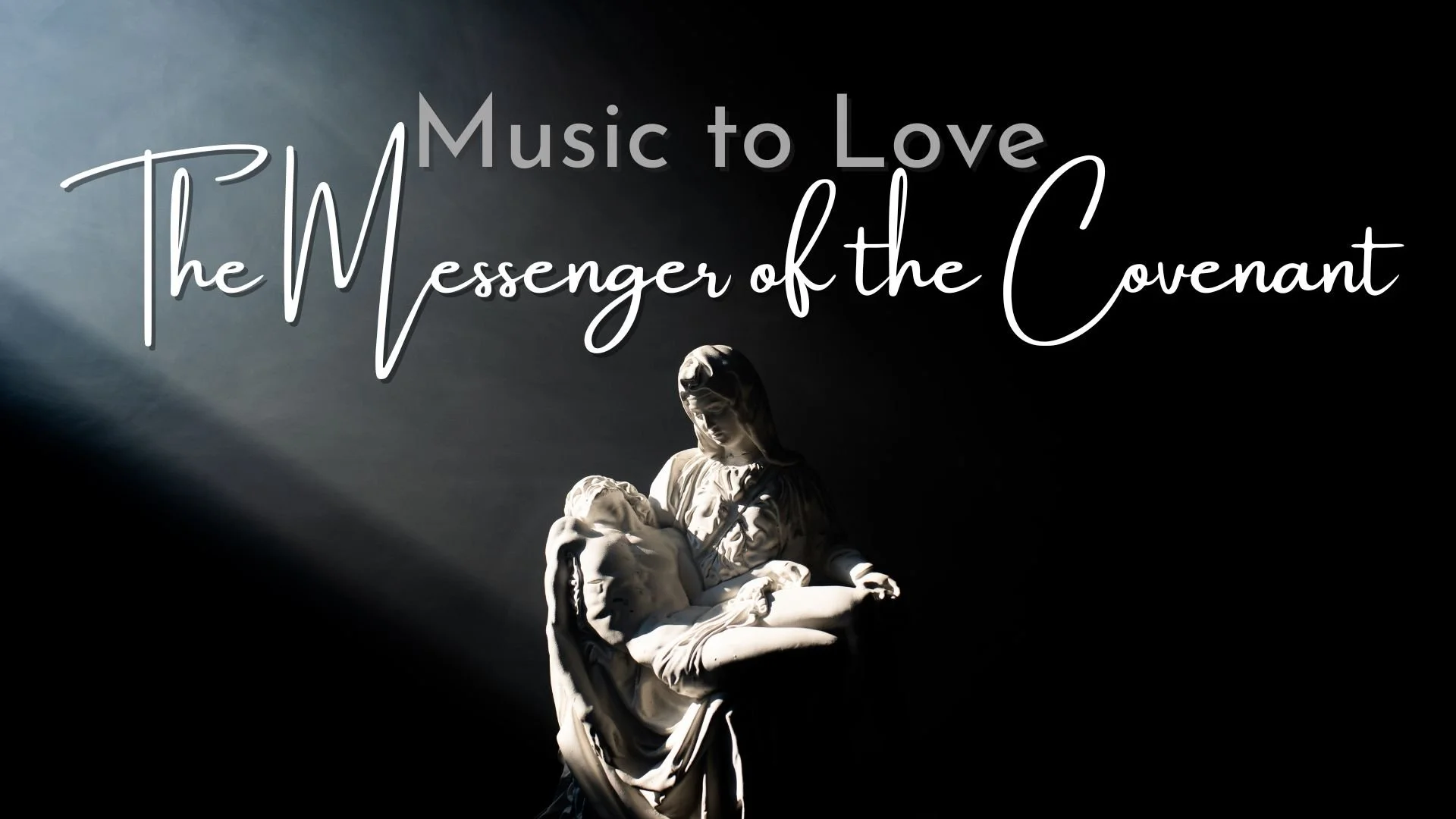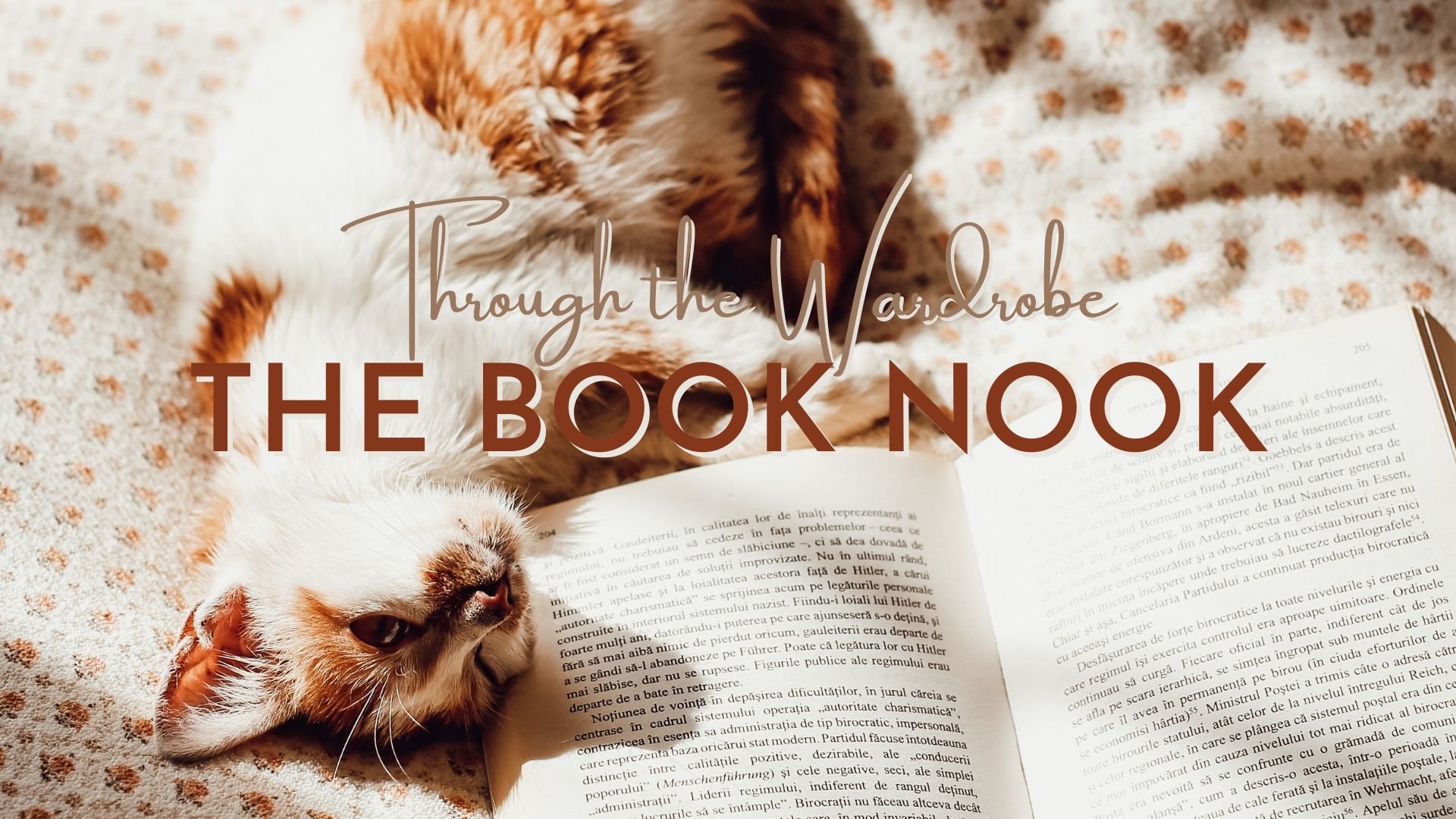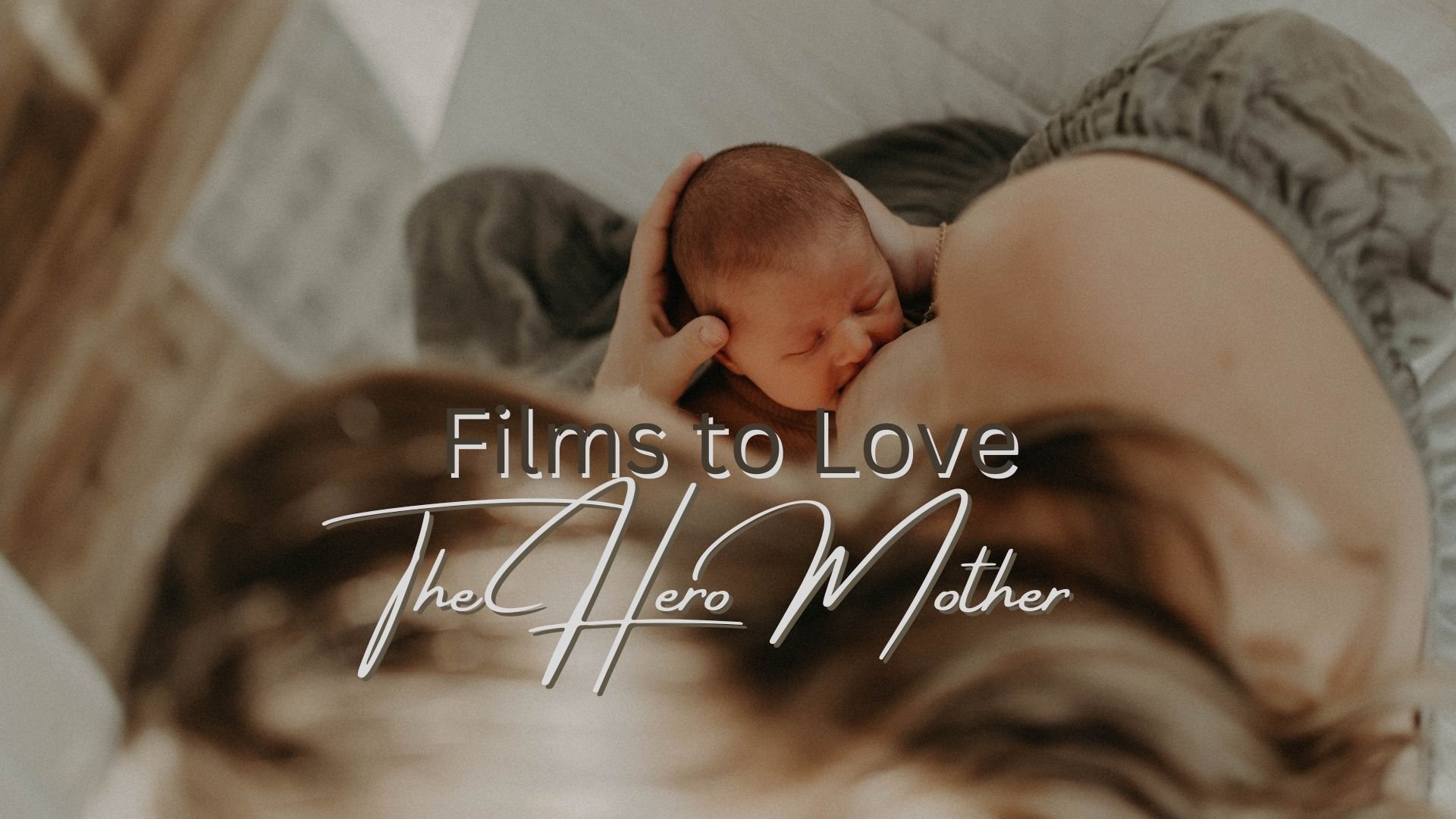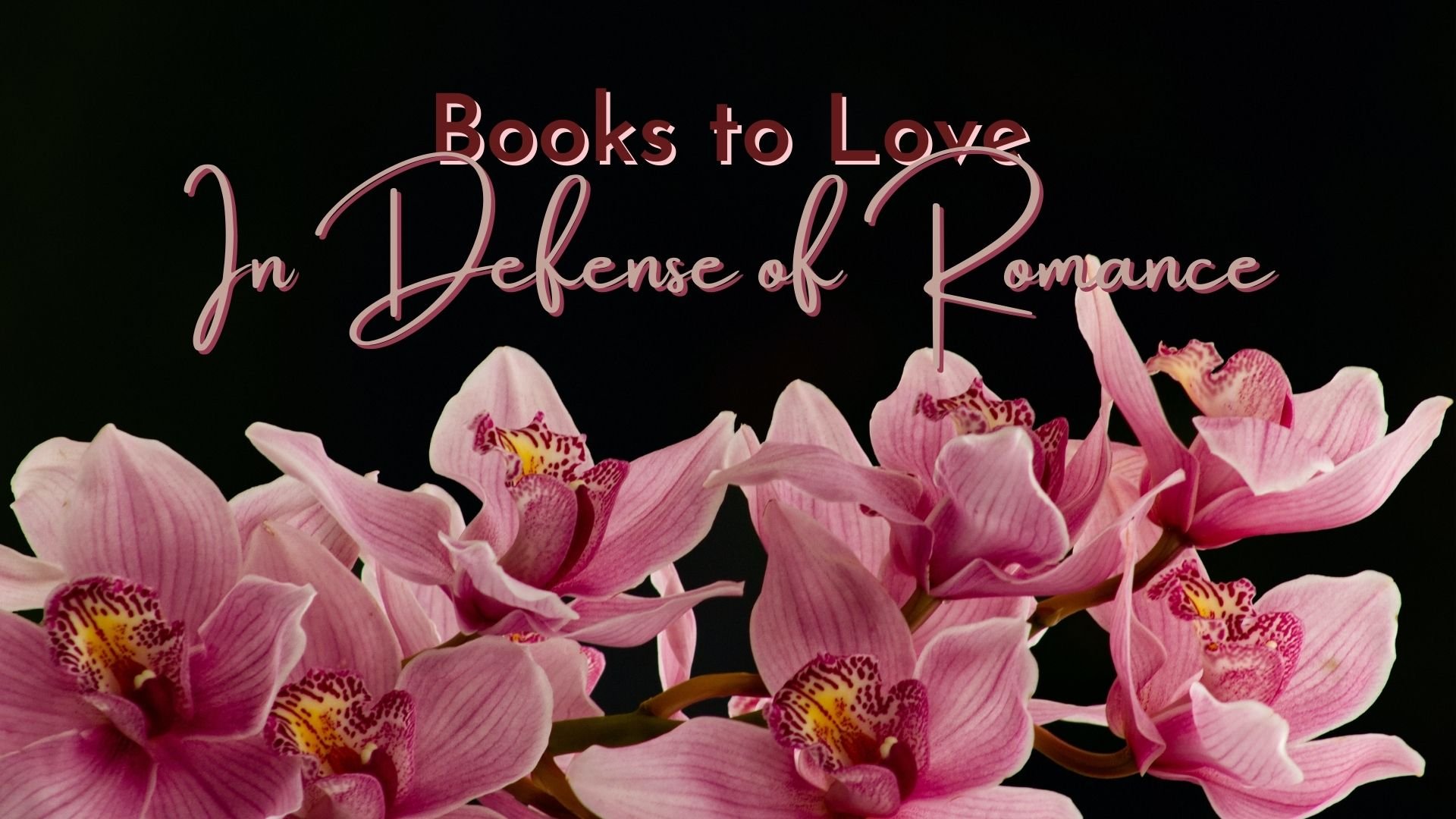The Golden Rule of Writing

I have been exploring new authors this year. So far, I’ve found more that I enjoy than that I dislike, so that’s a plus in my book. However, I am grateful to the authors whose novels I did not like for it did something very important for me.
At an author signings I attended years back, Deanna Raybourn, a firm favorite of mine (see posts here, here, and here), made the comment that it is important for a writer to read up and to read down. The reading up would be reading works reputed authors whose writing technique you respect. Reading down is those authors whose works piqued your interest but ultimately left you dissatisfied either with their unfolding plot line or with their writing technique. The logic, she enumerated, was that those who you look up to will galvanize you to strive to their level, and those who left you wanting will force you to hone your own technique by showing you what you don’t want to do.
This advice has stayed with me. However, it is this year that I have actually implemented it. I have allowed myself to really explore other writers. I’ve made several discoveries of authors that I really enjoy. And I shall be sharing more recommendations from them in the coming months.
But those whose works I have not liked hold a truly special place in my heart.
What I’ve learned about myself is that it’s not the plots that bother me- though there are issues sometimes there, too. It’s the technique. Most glaringly, it’s the disregard for SHOW, DON’T TELL.
This Golden Rule of writing is when the author utilizes numerous small, seemingly insignificant details to create a whole pictures of the characters. It relies on actions, words, senses, thoughts, et. al. to bring the reader into the story.
This technique is largely attributed to the Russian writer Anton Chekhov. Here is an excerpt from a letter he wrote his brother, Alexander. Alexander was an aspiring writer and turned to his accomplished brother who offered him this gem of advice:
“In descriptions of Nature one must seize on small details, grouping them so that when the reader closes his eyes he gets a picture. For instance, you’ll have a moonlit night if you write that on the mill dam a piece of glass from a broken bottle glittered like a bright little star, and that the black shadow of a dog or a wolf rolled past like a ball.”
Oftentimes, this attention to technique provides numerous benefits within one’s writing. Depending on the manner in which the author chooses to show the reader, the tone and mood of the scene can effectively be created. Case in point, moonlight being reflected on a broken pane of glass can suggest something eerie or abandoned. Add to it the description of a wolf, and the reader can feel that perhaps there’s something dangerous lurking in the night.
What I’ve discovered by reading down is that many writers can get really lazy about this. It’s easier to tell the reader what a character thinks or feels. It’s easier to say that Henrik is in love with Helga. It takes much more thought and effort to convey that to the reader through actions, thoughts, expressions, etc.
Several of the books I’ve read that disregarded the SHOW, DON’T TELL rule were romance novels. Quick, easy reads that were supposed to be light and frothy confections that didn’t demand a lot of attention and focus. You know, books that are in the beach bag or a fast grab at the park when the toddler is out playing.
However, I found that while the story might engage me, the writing detracted entirely. It’s hard to get caught up in a growing love when you’re just being told that they love each other because, oh, look, the sex is so good and the physical chemistry is off the charts. That’s just not enough, dear readers.
Certainly physical attraction is important. Within romance novels, it’s an essential. But, it is by far not the most important thing in a relationship that’s supposed to stand the test of time.
Furthermore, the dialogue in these books was lugubrious. At times, laughable. Out loud laughable. And when you’re trying to create a steamy, passionate love story, laughable is a big no-no.
Dialogue is another place where SHOW, DON’T TELL can be ignored. Think about it. When you’re having a conversation with someone, it is not only what they are saying which conveys what they are thinking or feeling. Rather, body language, facial expression, even an aural sense contribute immensely to what they are expressing.
“The importance of the writing technique of Show, Don’t Tell is the fact that it takes into keen consideration the intelligence of the reader.”
Readers don’t need to be told everything. That’s the dirty little secret. SHOW, DON’T TELL demands that a writer pay close attention to details, planting little thoughts in the reader’s mind through suggestion rather than overt statement. This requires work on the part of the writer. It’s what makes writing so darn painful, and so entirely satisfying at the same time.
This quote by Ernest Hemingway summarizes perfectly:
“If a writer of prose knows enough of what he is writing about he may omit things that he knows and the reader, if the writer is writing truly enough, will have a feeling of those things as strongly as though the writer had stated them. The dignity of movement of an iceberg is due to only one-eighth of it being above water.”
Show, Don’t Tell takes time. Often it is constructed in subtle ways. And it requires a reader who is willing to focus and take the time to see what is there before them, even if it is not expressly declared. In a time when the attention span of the average person is less than that of a goldfish, adhering to the Show, Don’t Tell rule is of vital importance. Demanding that we slow down and focus will sharpen and hone our skills of perception and deduction.
Is there an instance- novel, short story, etc.- where you noticed how the writer disregarded the Show, Don’t Tell rule? Did it bother you, too?





















